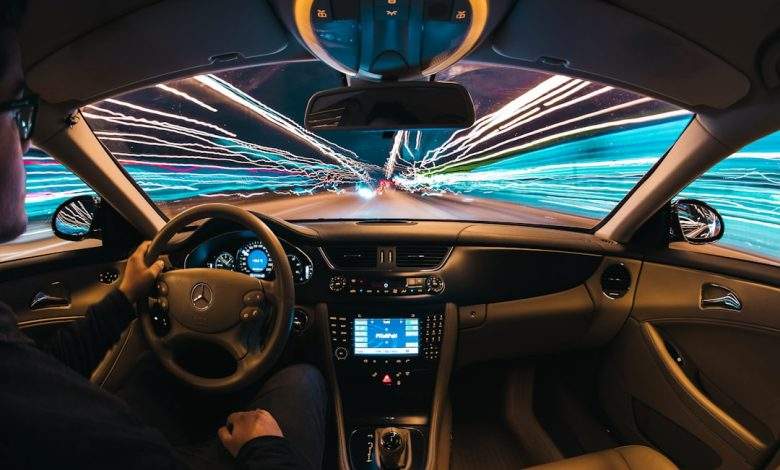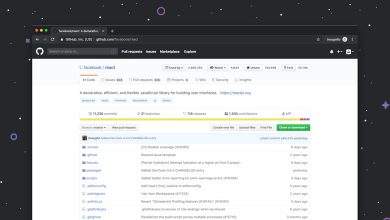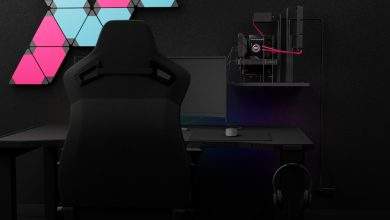
What Is MSRP? | MSRP vs. Invoice
When you’re shopping for a new car, you’ve likely come across the term MSRP. It’s one of the most commonly used pricing indicators, yet many buyers don’t always understand what it really means, or how it compares to another important number: the invoice price. Whether you’re a first-time buyer or just looking to sharpen your negotiating skills, understanding these two terms can significantly affect how much you end up paying for a vehicle.
What Does MSRP Mean?
MSRP stands for Manufacturer’s Suggested Retail Price. It’s the price that a car manufacturer recommends a dealership charge for a vehicle. Think of it as a starting point — it helps establish expectations on both the dealer and buyer side.
This price is calculated based on various factors, including:
- Production costs
- Market trends and competition
- Features and trim level of the vehicle
- Destination charges (the cost to deliver the vehicle to the dealership)
The MSRP is required by law to be displayed on the vehicle’s window sticker, making it easy to compare prices between similar models and brands.
[ai-img]car dealership, price sticker, msrp label[/ai-img]How Is MSRP Used?
While the MSRP offers a benchmark, it’s important to recognize that it’s not necessarily the final price you’ll pay. Dealerships have flexibility to offer discounts, incentives, or add-ons that can make the final transaction price higher or lower than the MSRP. Still, the MSRP serves several important roles:
- Standardization: It sets a uniform starting price across dealerships.
- Consumer Awareness: It gives buyers a ballpark figure for the car’s value.
- Negotiation Reference: It can be used as a baseline during price negotiations.
That said, savvy shoppers never take MSRP at face value — they compare it to another key number: the invoice price.
What Is the Invoice Price?
The invoice price is the amount a dealership pays the manufacturer for the car. It’s essentially the dealer’s cost, excluding any manufacturer incentives or rebates. In most cases, the invoice price is lower than the MSRP.
Knowing the invoice price can be a huge advantage. If you’re aware of what the dealer paid, you have a realistic window for negotiating — such as aiming for a price just above invoice (so the dealership still profits).
[ai-img]invoice document, car purchase, dealer paperwork[/ai-img]MSRP vs. Invoice: Spot the Difference
Here’s a quick side-by-side breakdown that highlights the differences between MSRP and invoice price:
| Feature | MSRP | Invoice Price |
|---|---|---|
| Definition | Suggested price by manufacturer | Actual dealer cost (before rebates) |
| Location | Visible on window sticker | Usually not disclosed publicly |
| Negotiation | Starting point for price discussions | Target for best price deals |
| Includes Markup? | Yes, includes dealer profit margin | No, excludes dealership profit |
Why Both Prices Matter
Understanding both MSRP and invoice price enables you to become a smarter car buyer. You should never walk into a dealership without having done your homework on both.
Here’s how to use both values strategically:
- Start your budget by reviewing the MSRP to ensure the car fits within your range.
- Research the invoice price (tools like Kelley Blue Book or Edmunds can help).
- Negotiate using the invoice price as a foundation, offering slightly above so the dealership still earns a fair profit.
Keep in mind, dealerships may also have promotions or manufacturer-backed incentives that reduce their actual cost further — which means there’s often more room for negotiation than you might expect.
Final Thoughts
In the end, MSRP and invoice price are two sides of the same coin — one represents what you could pay, while the other reflects what the seller did pay. The key to getting the best deal lies in understanding both figures and using them to your advantage during the buying process.
So the next time you see that window sticker at the dealership, you’ll know exactly what it means — and how to go beyond it.
[ai-img]happy car buyer, new car, dealership handshake[/ai-img]


